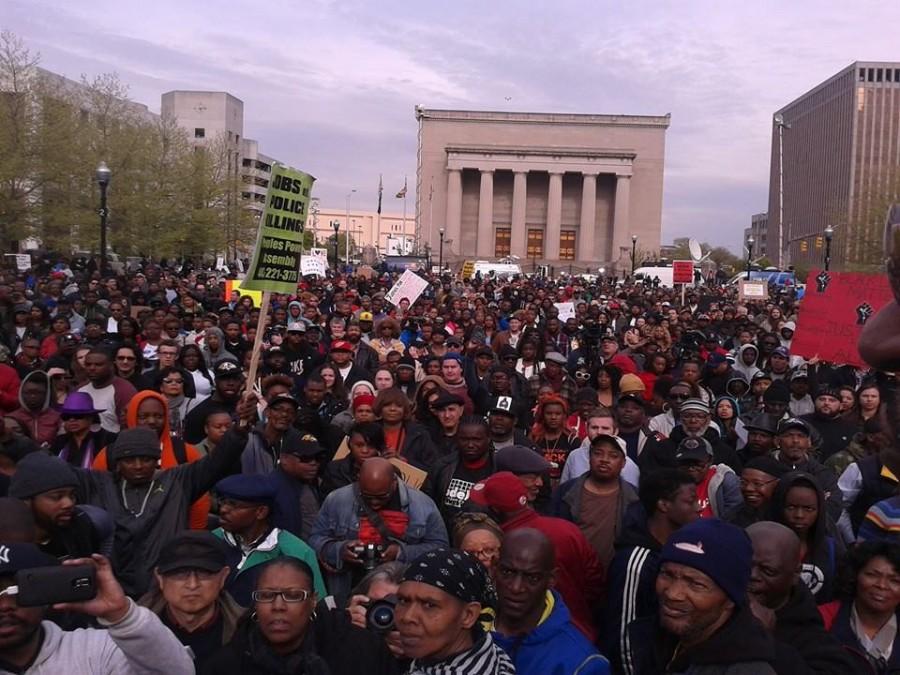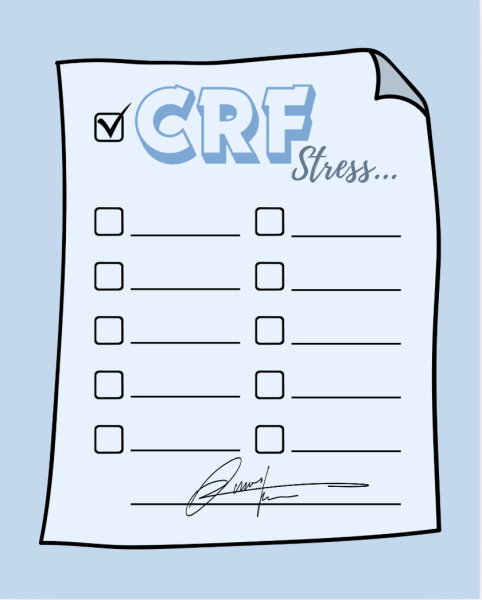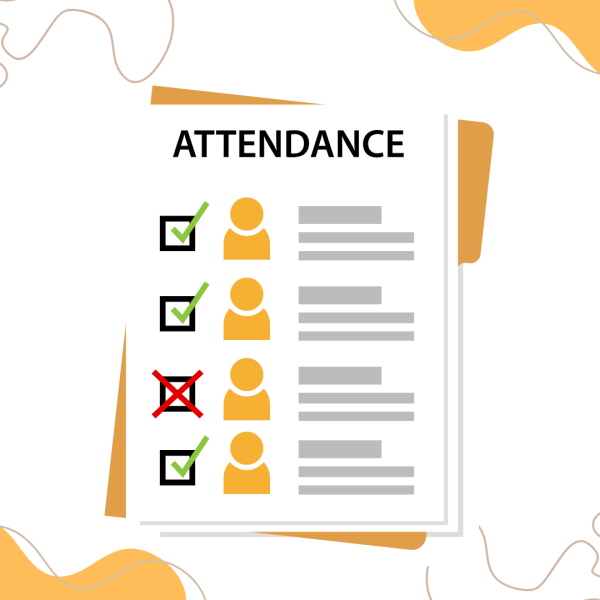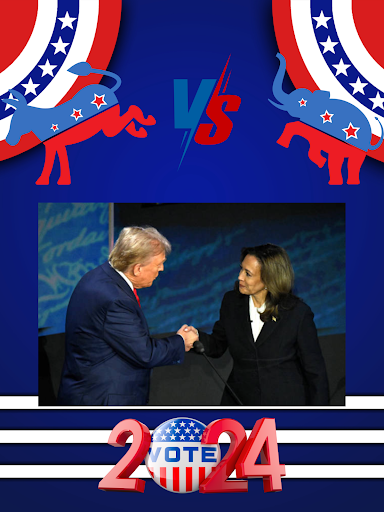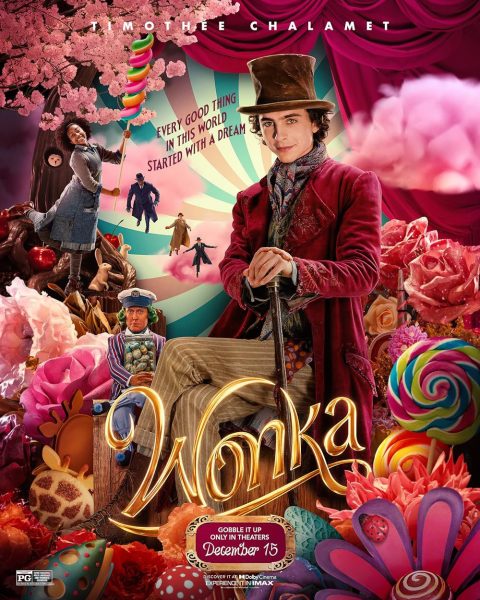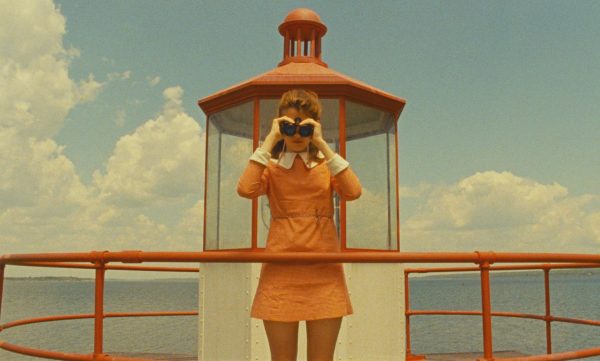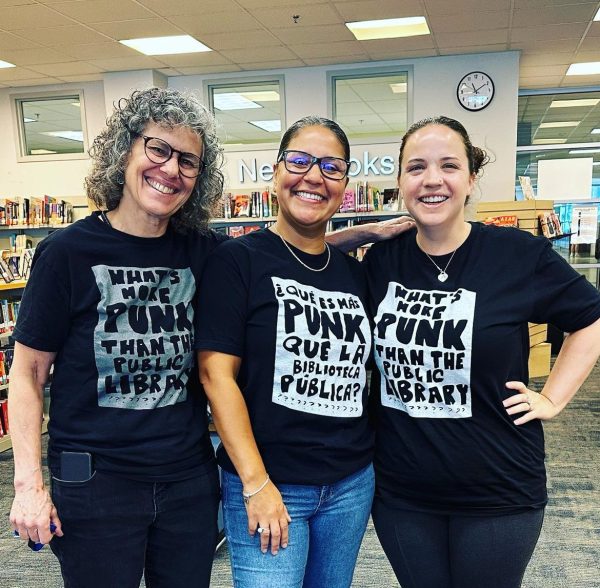Baltimore Riots Come to a Close
On April 12, Baltimore resident Freddie Gray was arrested for possession of a switch blade. In the police car, he fell into a coma after suffering injuries to his spinal cord after being beaten and slammed into the back of a police van. Seven days later, he passed away. Only a week after his death, riots broke out in Baltimore over the death of Gray.
Gray, who was arrested for possession of a switch blade, did not have a switch blade, making his arrest illegal. The six officers involved in the arrest were suspended without pay as they were reported for failing to provide medical attention to Gray. Probable cause was found to charge the officers for criminal offenses along the lines of homicide.
Brutality against African Americans has been an ongoing issue. From the shooting of Michael Brown to Trayvon Martin, this situation has been brought to the nation over time. After the decision by the Ferguson Grand Jury made their decision not to charge the police officer who shot Brown, the city rose in riot. A similar situation has come to Baltimore after the funeral of Gray.
On Monday, April 27, the citizens of West Baltimore started rioting against the city for the improper treatment of Gray in his critical condition. After the riots reached a certain stage of violence, police arrived to minimize the chaos, but it did not work. Rioters burned cars, broke into a CVS, convenient stores and destroyed other private properties. The destruction of the riot has led to a need for reinforcements for police forces.
Over the days to come, the riot increased in size, along with the police force. The National Guard, police forces from other counties and states were brought in. Humvees and blockades of police attempted to block the rioters from moving on. According to ABC News, 98 officers from the city have been injured in the riots.
Along with police reinforcements, the Mayor of Baltimore took action. Mayor Stephanie Rawlings-Blake commenced a curfew from 10 p.m. to five a.m. that went into effect Tuesday. People that violated the curfew would be arrested for a misdemeanor. Only emergency personnel and people who have to work for essential functions could be out past the curfew. On the same day the curfew was implemented, the city issued many closings. This included schools, city courts, the Nationals Aquarium, the American Visionary Art Museum and other institutions.
For the sports world, Baltimore Orioles (the city’s baseball team) games against the Kansas City Royals were postponed on Monday and Tuesday due to the riots for safety reasons. On their Saturday night game against the Boston Red Sox, fans were asked not to leave the stadium for safety reasons for around an hour. The Orioles and Royals played their series finale, but in front of no crowd, as the game is closed to the public, the first time in Major League Baseball (MLB) history a game hasn’t been open to the public. The Orioles won the game 8-2 with fans looking on from the top of buildings.
With the National Guard being withdrawn and the night curfew being lifted on May 3, peaceful rallies have risen out of the destruction. Even though all the riot issues in Baltimore have come to a close, the issue over violence against minorities will still be a problem. Controlling the protests and riots against these situations is the first step to ending the issues over violence against minorities.


